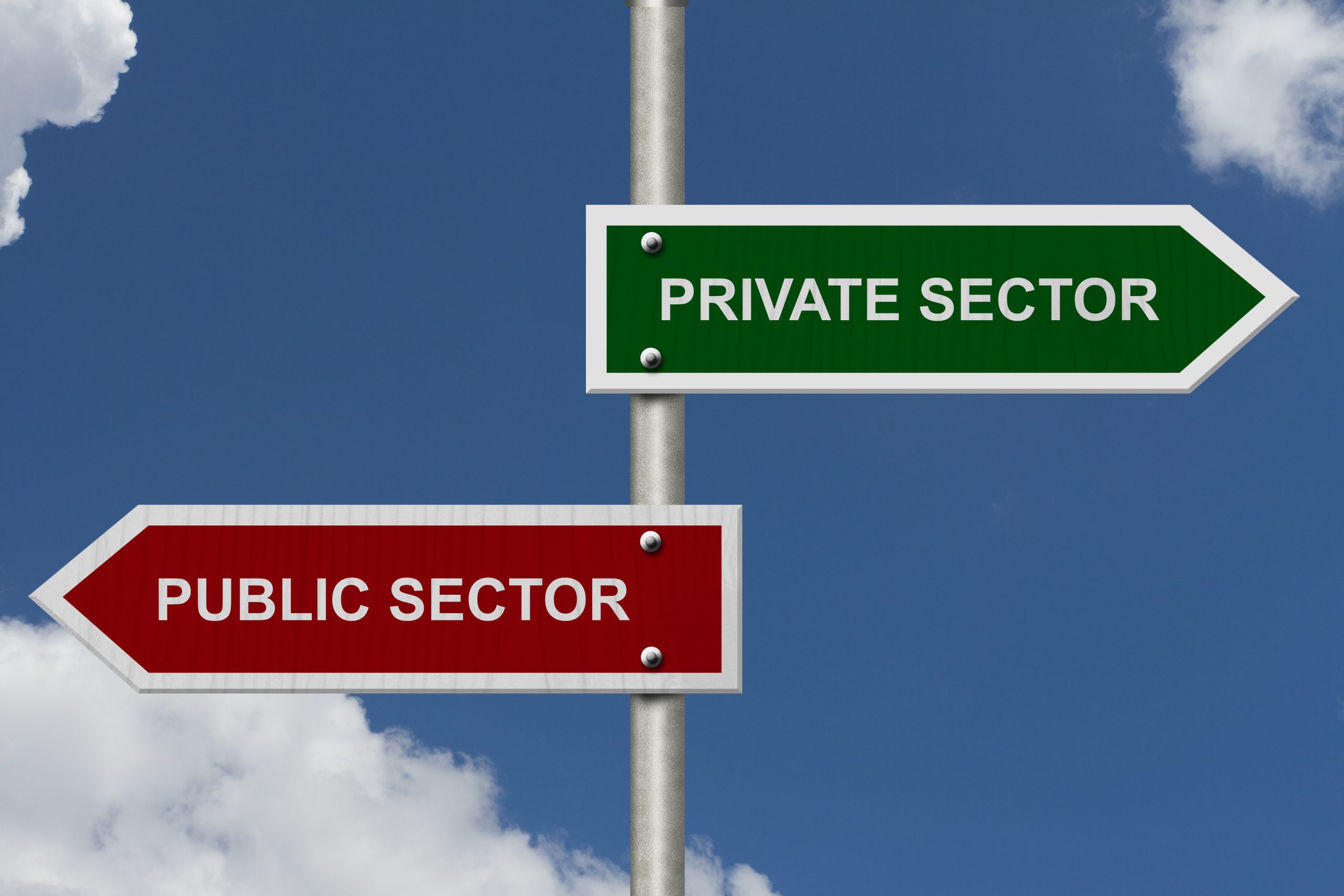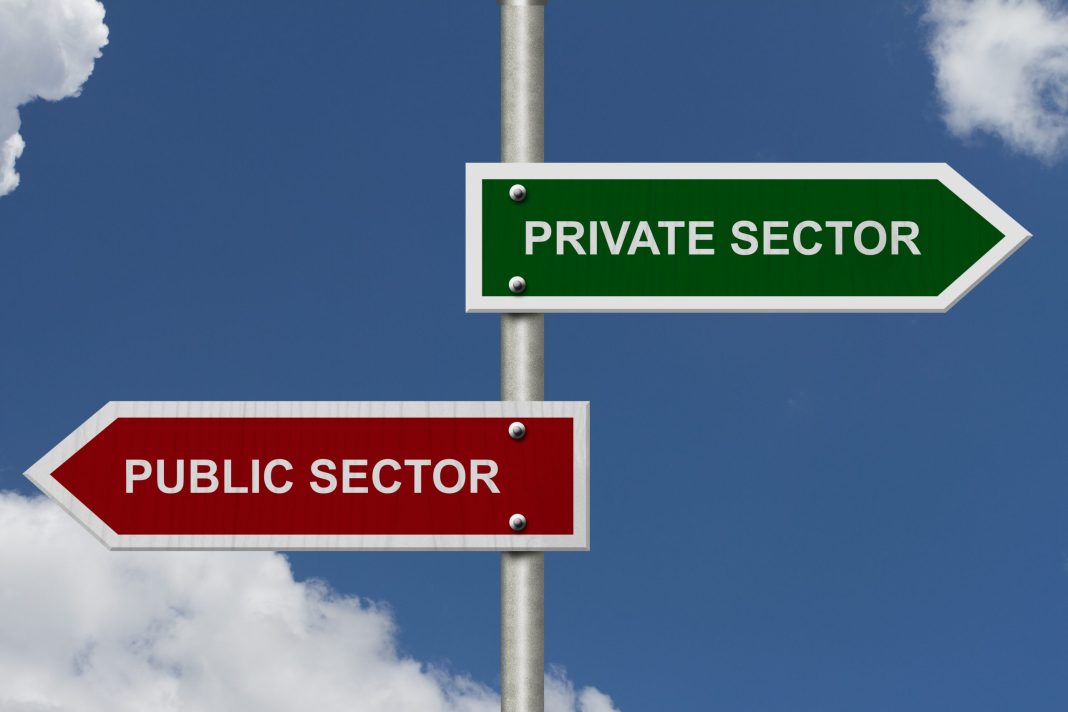 Australian wages grew by 0.8 percent in the June quarter of 2024, according to data from the Australian Bureau of Statistics (ABS). This represents a 4.1 percent increase over the past year. However, the ABS statistics reveal that public sector wages experienced a more significant rise compared to the private sector during the June quarter.
Australian wages grew by 0.8 percent in the June quarter of 2024, according to data from the Australian Bureau of Statistics (ABS). This represents a 4.1 percent increase over the past year. However, the ABS statistics reveal that public sector wages experienced a more significant rise compared to the private sector during the June quarter.
In the private sector, wages only rose by 0.7 percent in the June quarter, which is lower than the 0.9 percent increase seen in the previous quarter. ABS head of price statistics, Michelle Marquardt, noted that this is the smallest private sector wage increase in three years. She stated, “The June quarter 2024 private sector rise was the lowest rise for a June quarter since 2021 and the equal lowest rise for any quarter since December quarter 2021.”
On the other hand, public sector wages saw a 0.9 percent jump in the June quarter, up from 0.6 percent in the previous quarter. The ABS explained that this increase was due to the synchronized timing of Commonwealth public sector agreement rises. It is worth noting that this was the highest wage increase for a June quarter since 2012, although it was lower than the rise seen in the December quarter of 2023.
ANZ researchers reacted to the wage growth figures, stating that the overall wage price index rose slightly weaker than expected by the market and the Reserve Bank of Australia (RBA). Senior economist Catherine Birch commented, “Annual wage growth was steady at 4.1 percent year on year, which was marginally higher than forecast, reflecting revisions to seasonal factors. But the six-month annualized rate fell to 3.4 percent, a two-year low.” Birch added that wage growth is slowing, but only gradually, and predicted that it would not change the RBA’s perspective on wages growth.
Treasurer Jim Chalmers and Employment Minister Murray Watt, from the Labor government, expressed their satisfaction with the return to sustainable wage growth. They acknowledged that people are still under pressure and emphasized their focus on tackling inflation and providing cost of living relief through tax cuts for every taxpayer. The government claims that wages have been growing at a rate of 3.8 percent per year since they took office.
In contrast, Shadow Treasurer Angus Taylor, from the Coalition, criticized the government’s handling of the economy. He pointed out that there has been an 18 percent increase in prices since the last election and highlighted the decline in real disposable income and wages. Taylor emphasized the need for higher wages to lower prices for Australians.
In conclusion, the ABS data reveals that while Australian wages experienced overall growth in the June quarter, the private sector saw a smaller increase compared to the public sector. The RBA’s expected wage growth was slightly weaker than anticipated, indicating a gradual slowdown. The government, led by the Labor party, emphasized their efforts to address inflation and provide cost of living relief through tax cuts. However, the opposition, represented by the Coalition, argued for a restoration of Australian standards of living, emphasizing the need for higher wages to counter rising prices.


